
Originally appeared here:
Code Llama 70B is now available in Amazon SageMaker JumpStart
Go Here to Read this Fast! Code Llama 70B is now available in Amazon SageMaker JumpStart
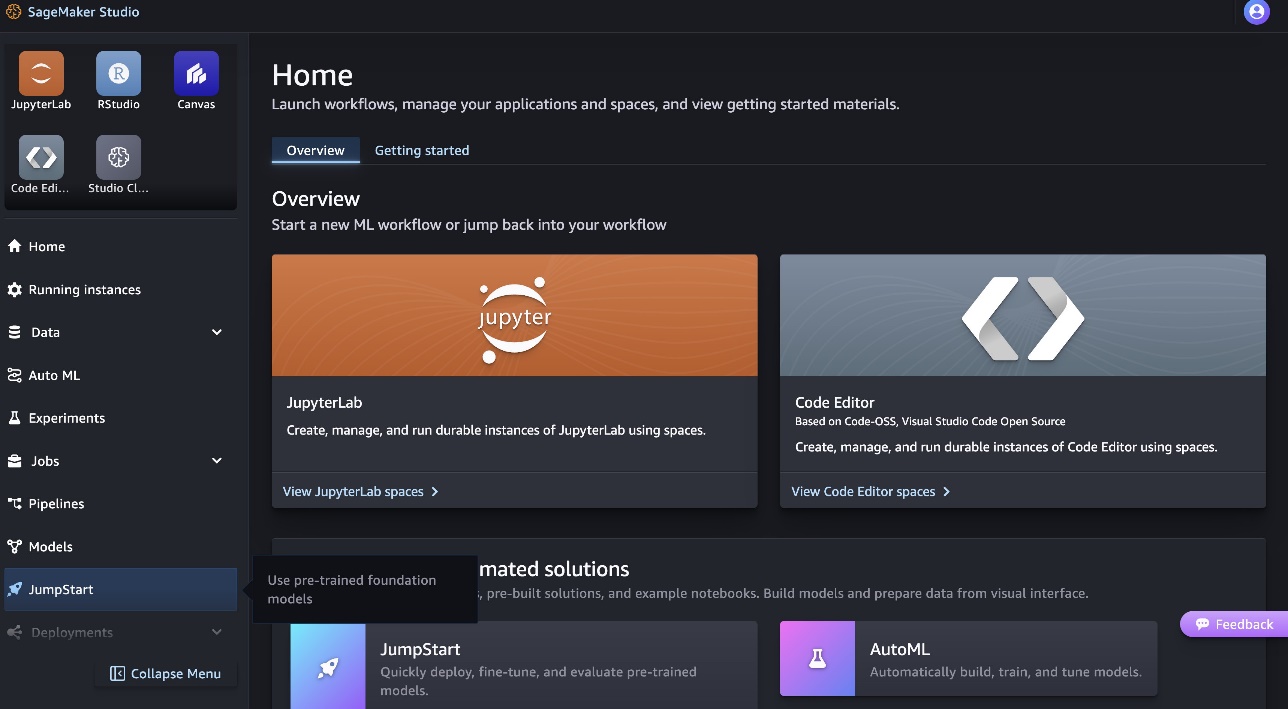

Originally appeared here:
Code Llama 70B is now available in Amazon SageMaker JumpStart
Go Here to Read this Fast! Code Llama 70B is now available in Amazon SageMaker JumpStart
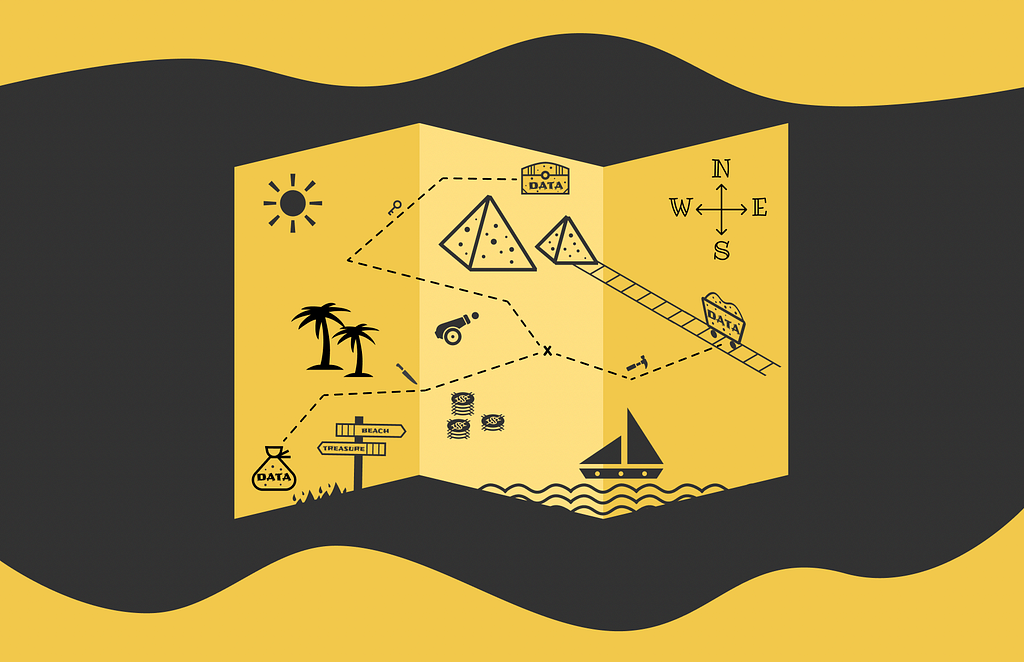
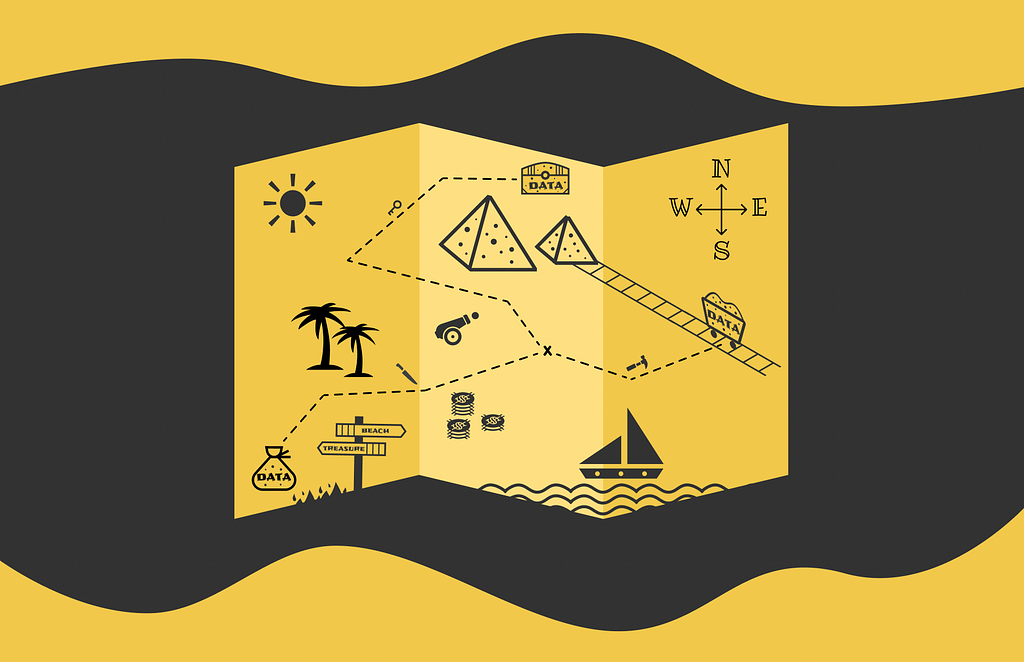

GPT is a family of language models that has been recently gaining a lot of popularity. The attention of the Data Science community was rapidly captured by the release of GPT-3 in 2020. After the appearance of GPT-2, almost nobody could even assume that nearly in a year there would appear a titanic version of GPT containing 175B of parameters! This is by two orders of magnitude more, compared to its predecessor.
The enormous capacity of GPT-3 made it possible to use it in various everyday scenarios: code completion, article writing, content creation, virtual assistants, etc. While the quality of these tasks is not always perfect, the overall progress achieved by GPT-3 is absolutely astonishing!
In this article, we will have a detailed look at the main details of GPT-3 and useful ideas inspired by GPT-2 creators. Throughout the exploration, we will be referring to the official GPT-3 paper. It is worth noting that most of the GPT-3 settings including data collection, architecture choice and pre-training process are directly derived from GPT-2. That is why most of the time we will be focusing on novel aspects of GPT-3.
Note. For a better understanding, this article assumes that you are already familiar with the first two GPT versions. If not, please navigate to the articles below comprehensively explaining it:
GPT-3 creators were highly interested in the training approach used in GPT-2: instead of using a common pre-training + fine-tuning framework, the authors collected a large and diverse dataset and incorporated the task objective in the text input. This methodology was convenient for several reasons:
Formally, the described framework is called meta-learning. The paper provides an official definition:
“Meta-learning in the context of language models means the model develops a broad set of skills and pattern recognition abilities at training time, and then uses those abilities at inference time to rapidly adapt to or recognize the desired task”
To further describe the learning paradigm, inner and outer loop terms are introduced. Basically, an inner loop is an equivalent of a single forward pass during training while an outer loop designates a set of all inner loops.
Throughout the training process, a model can receive similar tasks on different text examples. For example, the model can see the following examples across different batches:
In this case, these examples help the model to understand what a synonym is that can be useful during inference when it is asked to find synonyms for a certain word. A combination of examples focused on helping the model capture similar linguistic knowledge within a paritcular task is called “in-context learning”.

A query performed for the model during inference can additionally contain task examples. It turns out that task demonstration plays an important role in helping the model to better understand the objective of a query. Based on the number of provided task examples (shots), there exist three types of learning which are summarized in the table below:

In the majority of cases (but not always) the number of provided examples positively correlates with the model’s ability to provide a correct answer. The authors have completed research in which they used models of different sizes in one of three n-shot settings. The results show that with capacity growth, models become more proficient at in-context learning. This is demonstrated in the lineplot below where the performance gap between few-, one- and zero-shot settings gets larger with the model’s size.
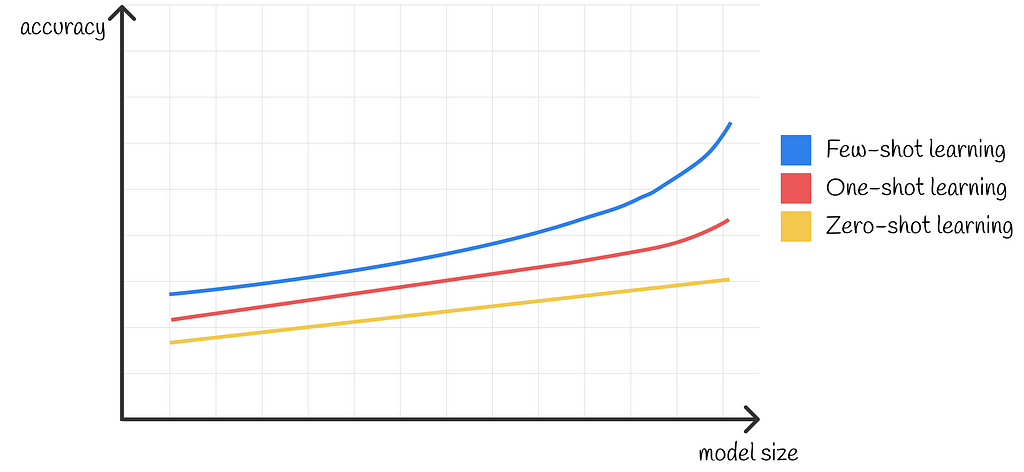
The paper precisely describes architecture settings in GPT-3:
“We use the same model and architecture as GPT-2, including the modified initialization, pre-normalization, and reversible tokenization described therein, with the exception that we use alternating dense and locally banded sparse attention patterns in the layers of the transformer, similar to the Sparse Transformer”.
Initially, the authors wanted to use the Common Crawl dataset for training GPT-3. This extremely large dataset captures a diverse set of topics. The raw dataset version had issues with data quality, which is why it was initially filtered and deduplicated. To make the final dataset even more diverse, it was concatenated with four other smaller datasets demonstrated in the diagram below:

The dataset used for training GPT-3 is two magnitudes larger than the one used for GPT-2.
GPT-3 is an autoregressive model which means that it uses information about predicted words in the past as input to predict the next word in the future.
The greedy approach is the most naive method of constructing text sequences in autoregressive models. Basically, at each iteration, it forces the model to choose the most probable word and use it as input for the next word. However, it turns out that choosing the most probable word at the current iteration is not optimal for log-likelihood optimization!

There might be a situation when choosing a current word with a lower probability could then lead to higher probabilities of the rest of the predicted words. In contrast, choosing a local word with the highest probability does not guarantee that the next words will also correspond to high probabilities. An example showing when the greedy strategy does not work optimally is demonstrated in the diagram below:

A possible solution would consist of finding the most probable sequence among all possible options. However, this approach is extremely inefficient since there exist innumerable combinations of possible sequences.
Beam search is a good trade-off between greedy search and exploration of all possible combinations. At each iteration, it chooses the several most probable tokens and maintains a set of the current most probable sequences. Whenever a new more probable sequence is formed, it replaces the least probable one from the set. At the end of the algorithm, the most probable sequence from the set is returned.
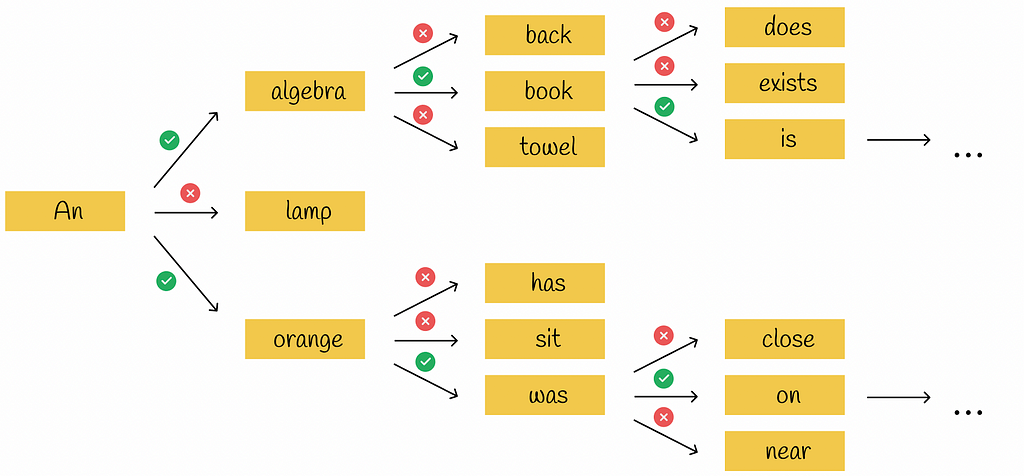
Beam search does not guarantee the best search strategy but in practice, its approximations work very well. For that reason, it is used in GPT-3.
Despite GPT-3 amazing capabilities to generate human-like long pieces of text, it has several drawbacks:
GPT-3 gained huge popularity due to its unimaginable 175B trainable parameters which have strongly bet all the previous models on several top benchmarks! At that time, the GPT-3 results were so good that sometimes it was difficult to distinguish whether a text was generated by a human or GPT-3.
Despite several disadvantages and limitations of GPT-3, it has opened doors to researchers for new explorations and potential improvements in the future.
All images unless otherwise noted are by the author
Large Language Models, GPT-3: Language Models are Few-Shot Learners was originally published in Towards Data Science on Medium, where people are continuing the conversation by highlighting and responding to this story.
Originally appeared here:
Large Language Models, GPT-3: Language Models are Few-Shot Learners
Go Here to Read this Fast! Large Language Models, GPT-3: Language Models are Few-Shot Learners
A Simple Git Workflow for Machine Learning and Data Science Projects
Originally appeared here:
Git Workflow for Machine Learning Projects: the Git Workflow I use in my Projects

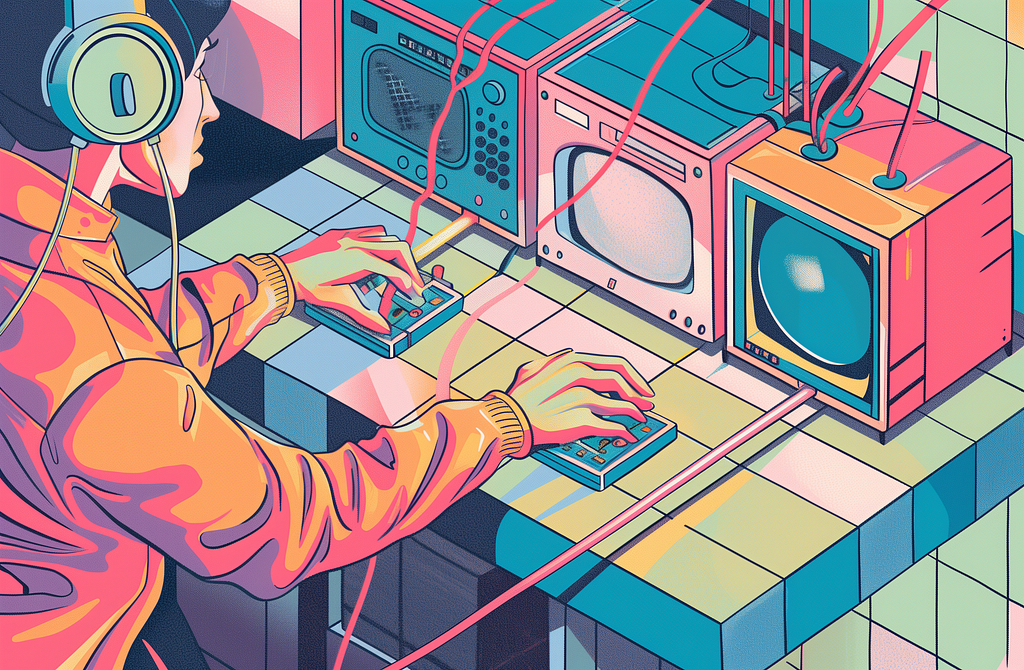

How can AI transform a static image into a dynamic, realistic video? OpenAI’s Sora introduces an answer through the innovative use of spacetime patches.
In the rapidly evolving landscape of generative models, OpenAI’s Sora stands out as a significant milestone, promising to reshape our understanding and capabilities in video generation. We unpack the technology behind Sora and its potential to inspire a new generation of models in image, video, and 3D content creation.
The demo above was generated by OpenAI using the prompt: A cat waking up its sleeping owner demanding breakfast. The owner tries to ignore the cat, but the cat tries new tactics and finally the owner pulls out a secret stash of treats from under the pillow to hold the cat off a little longer. — With Sora we verge onto near indistinguishable realism with video content generation. The full model is yet to be fully released to the public as its undergoing testing.
In the world of generative models we have seen a number of approaches from GAN’s to auto-regressive, and diffusion models, all with their own strengths and limitations. Sora now introduces a paradigm shift with a new modelling techniques and flexibility to handle a broad range of duration’s, aspect ratios, and resolutions.
Sora combines both diffusion and transformer architectures together to create a diffusion transformer model and is able to provide features such as:
Imagine for one moment you’re in a kitchen. The traditional video generation models like those from Pika and RunwayML a like the cooks that follow recipes to the letter. They can produce excellent dishes (videos) but are limited by the recipes (algorithms) they know. The cooks might specialize in baking cakes (short clips) or cooking pasta (specific types of videos), using specific ingredients (data formats) and techniques (model architectures).
Sora, on the other hand, is a new kind of chef who understand the fundamentals of flavor. This chef doesn’t just follow recipes; they invent new ones. The flexibility of Sora’s ingredients (data) and techniques (model architecture) is what allow Sora to produce a wide range of high-quality videos, akin to a master chef’s versatile culinary creations.
Spacetime patches are at the heart of Sora’s innovation, built on the earlier research from Google DeepMind on NaViT and ViT (Vision Transformers) based on the 2021 paper An Image is Worth 16×16 Words.
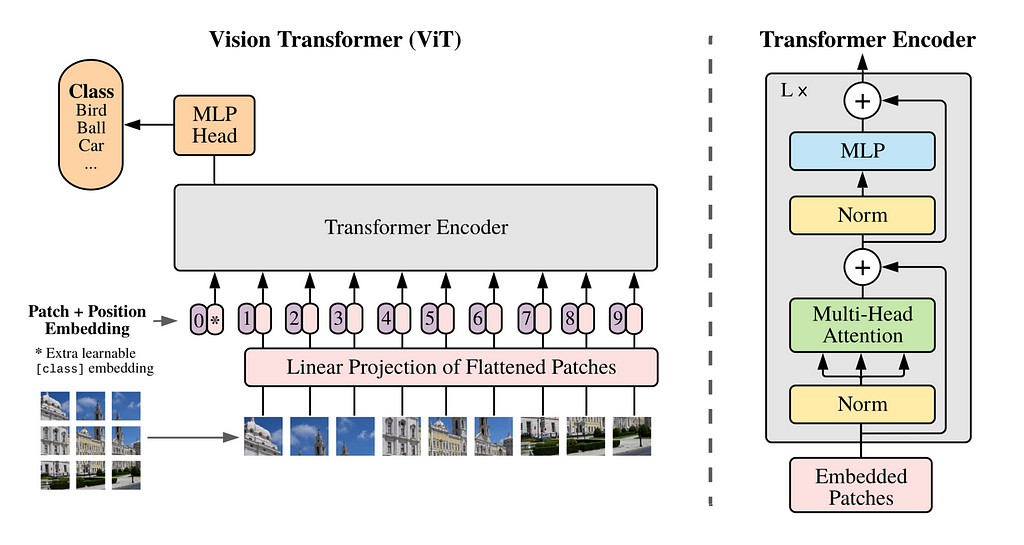
Traditionally with Vision Transformers we use a sequence of images “patches” to train a transformer model for image recognition instead of words for language transformers. The patches allow us to move away from convolutional neural networks for image processing.

However with vision transformers were constraint on image training data that was fixed in size and aspect ratio which limited the quality and required vast amounts of preprocessing of images.

By treating videos as sequences of patches, Sora maintains the original aspect ratios and resolutions, similar to NaViT’s handling of images. This preservation is crucial for capturing the true essence of the visual data, enabling the model to learn from a more accurate representation of the world and thus giving Sora its near magical accuracy.
The method allows Sora to efficiently process a diverse array of visual data without the need for pre-processing steps like resizing or padding. This flexibility ensures that every piece of data contributes to the model’s understanding, much like how a chef uses a variety of ingredients to enhance a dish’s flavor profile.
The detailed and flexible handling of video data through spacetime patches lays the groundwork for sophisticated features such as accurate physics simulation and 3D consistency. These capabilities are essential for creating videos that not only look realistic but also adhere to the physical rules of the world, offering a glimpse into the potential for AI to create complex, dynamic visual content.
The quality and diversity of training data are crucial for the performance of generative models. Existing video models were traditionally trained on a more restrictive set of data, shorter lengths and narrow target.
Sora leverages a vast and varied dataset, including videos and images of different durations, resolutions, and aspect ratios. It’s ability to re-create digital worlds like Minecraft, its likely also included gameplay and simulated world footage from systems such as Unreal or Unity in its training set in order to capture all the angles and various styles of video content. This brings Sora to a “generalist” model just like GPT-4 for text.
This extensive training enables Sora to understand complex dynamics and generate content that is both diverse and high in quality. The approach mimics the way large language models are trained on diverse text data, applying a similar philosophy to visual content to achieve generalist capabilities.
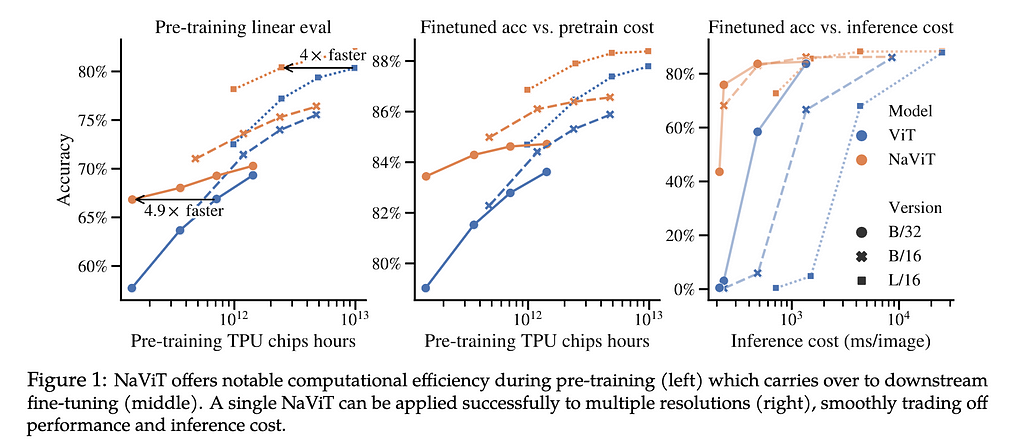
Just as the NaViT model demonstrates significant training efficiency and performance gains by packing multiple patches from different images into single sequences, Sora leverages spacetime patches to achieve similar efficiencies in video generation. This approach allows for more effective learning from a vast dataset, improving the model’s ability to generate high-fidelity videos yet lowering the compute required versus existing modeling architectures.
3D space and object permanence is one of the key standouts in the demo’s by Sora. Through its training on a wide range of video data without adapting or preprocessing the videos, Sora learns to model the physical world with impressive accuracy as its able to consume the training data in its original form.
It can generate digital worlds and videos where objects and characters move and interact in three-dimensional space convincingly, maintaining coherence even when they are occluded or leave the frame.
Sora sets a new standard for what’s possible in generative models. This approach, much is likely to inspire the open-source community to experiment with and advance the capabilities in visual modalities, fueling a new generation of generative models that push the boundaries of creativity and realism.
The journey of Sora is just beginning, and as OpenAI put’s it “scaling video generation models is a promising path towards building general purpose simulators of the physical world”
Sora’s approach, blending the latest in AI research with practical applications, signals a bright future for generative models. As these technologies continue to evolve, they promise to redefine our interactions with digital content, making the creation of high-fidelity, dynamic videos more accessible and versatile.
Vincent Koc is a highly accomplished, commercially-focused technologist and futurist with a wealth of experience focused in data-driven and digital disciplines.
Subscribe for free to get notified when Vincent publishes a new story. Or follow him on LinkedIn and X.
Get an email whenever Vincent Koc publishes.
Unless otherwise noted, all images are by the author
Explaining OpenAI Sora’s Spacetime Patches: The Key Ingredient was originally published in Towards Data Science on Medium, where people are continuing the conversation by highlighting and responding to this story.
Originally appeared here:
Explaining OpenAI Sora’s Spacetime Patches: The Key Ingredient
Go Here to Read this Fast! Explaining OpenAI Sora’s Spacetime Patches: The Key Ingredient


This article simplifies network metrics with visuals, focusing on public health as an example.
Originally appeared here:
Network Analysis Illustrated: Metrics to Spread Public Health Information
Go Here to Read this Fast! Network Analysis Illustrated: Metrics to Spread Public Health Information


Small mistakes can lead to severe consequences when working with large datasets.
Originally appeared here:
2 Silent PySpark Mistakes You Should Be Aware Of
Go Here to Read this Fast! 2 Silent PySpark Mistakes You Should Be Aware Of
A deep dive into the one line of code that can bring thousands of ready-to-use AI solutions into your scripts
Originally appeared here:
Transformers Pipeline: A Comprehensive Guide for NLP Tasks
Go Here to Read this Fast! Transformers Pipeline: A Comprehensive Guide for NLP Tasks